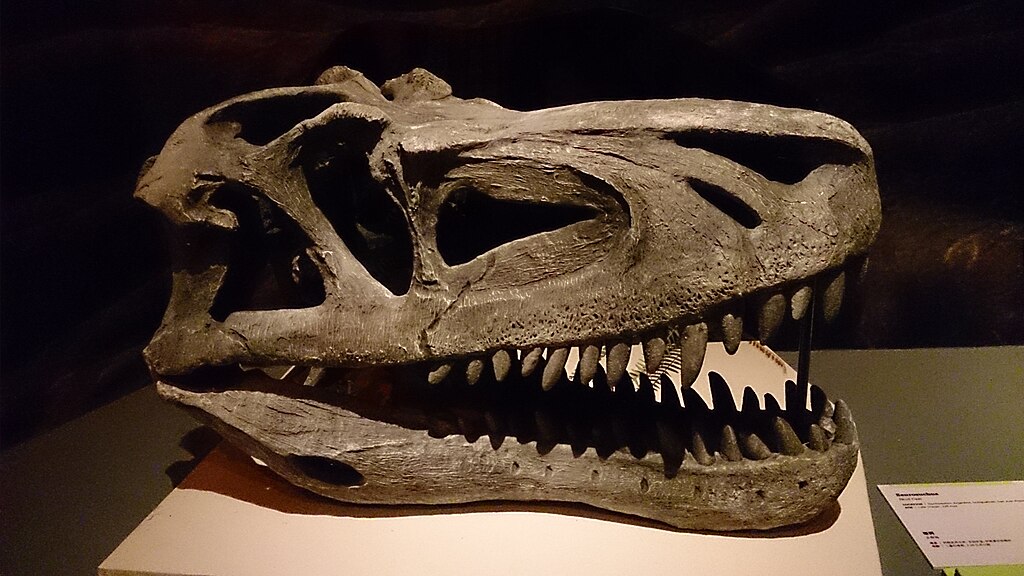Dinosaurs dominated Earth for over 165 million years, adapting to virtually every terrestrial environment our planet had to offer. From scorching deserts to lush rainforests and murky swamps, these remarkable reptiles evolved specialized adaptations that allowed them to thrive in diverse habitats across the Mesozoic Era. Their ability to occupy such varied ecological niches contributed significantly to their evolutionary success and explains why dinosaur fossils have been discovered on every continent. Through paleontological discoveries and advanced research techniques, scientists have reconstructed not only what dinosaurs looked like but also how they interacted with their environments. This article explores the fascinating evidence for dinosaur habitation across different ecosystems and examines how various dinosaur species adapted to these distinct living conditions.
Swamp-Dwelling Dinosaurs: Evidence and Adaptations

Swamp environments were indeed home to numerous dinosaur species, particularly during the Cretaceous period. Perhaps the most famous swamp-dweller was Spinosaurus, the largest known carnivorous dinosaur whose remains have been found primarily in what is now North Africa. Recent studies suggest Spinosaurus had dense bones that helped it maintain buoyancy while swimming, a crocodile-like snout perfect for catching fish, and potentially even webbed feet for paddling through water. Other dinosaurs like Baryonyx and Suchomimus also show adaptations consistent with semi-aquatic lifestyles, including conical teeth ideal for grasping slippery prey and forward-placed nostrils that may have allowed them to breathe while partially submerged. The abundance of preserved footprints in ancient mudstone deposits provides further evidence that many dinosaurs regularly traversed swampy terrain, leaving their marks in soft sediments that were subsequently preserved for millions of years.
The Hadrosaurs: Duck-Billed Specialists of Wetland Environments

Hadrosaurs, commonly known as duck-billed dinosaurs, were particularly well-adapted to wetland and swamp environments. Their broad, flattened snouts contained hundreds of teeth arranged in dental batteries, allowing them to efficiently process tough aquatic and semi-aquatic vegetation. Fossil evidence suggests that hadrosaurs like Parasaurolophus and Edmontosaurus frequently inhabited coastal floodplains and river deltas where they could feed on abundant plant material. Their powerful hind limbs and semi-aquatic adaptations likely made them competent swimmers, able to escape predators by retreating into deeper water when necessary. Trace fossils of hadrosaur skin impressions reveal scale patterns that may have provided water resistance, further supporting their affinity for wetland habitats. These herbivores often traveled in large herds, their footprints preserved in ancient mudflats indicating regular movement through swampy terrain as they followed seasonal vegetation patterns.
Forest-Dwelling Dinosaurs: Life Among the Trees

Forested environments hosted an incredible diversity of dinosaur species throughout the Mesozoic Era. The lush Jurassic forests were home to giants like Diplodocus and Brachiosaurus, whose long necks allowed them to reach high into the tree canopy to browse on otherwise inaccessible vegetation. Smaller herbivores like Hypsilophodon and Heterodontosaurus developed agile bodies and grasping hands that enabled them to move nimbly through underbrush and potentially even climb lower branches to access food and escape predators. Predatory dinosaurs adapted to forest environments as well, with species like Troodon developing large eyes for improved vision in low-light conditions beneath dense canopies. The forest floor provided an abundance of fallen fruits, seeds, and decomposing plant matter that supported diverse food webs, while the varied vertical structure of forests created multiple ecological niches that dinosaurs could exploit through specialized adaptations.
Theropods of the Forest: Predatory Adaptations
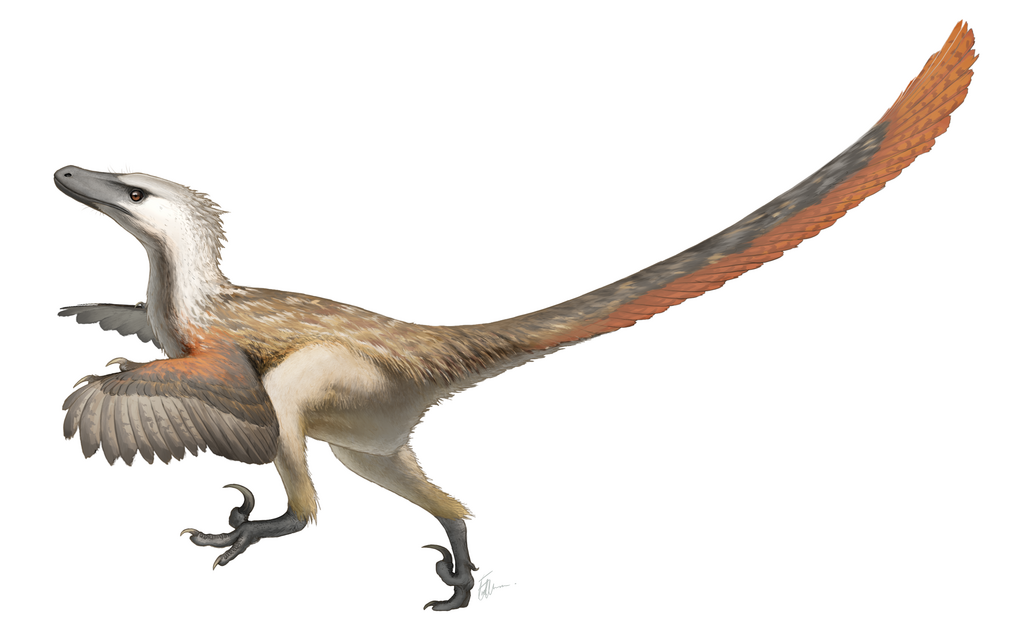
Theropod dinosaurs developed specialized adaptations for hunting in forested environments. Medium-sized predators like Velociraptor and its relatives evolved slender bodies that could maneuver effectively between trees, along with binocular vision that provided excellent depth perception crucial for navigating complex three-dimensional forest spaces. Their serrated teeth were perfect for slicing through flesh, while their grasping hands could seize smaller prey hiding in vegetation. Larger forest predators like Allosaurus likely used ambush tactics, hiding behind trees before lunging at unsuspecting herbivores traversing forest clearings. Some smaller theropods developed remarkably bird-like features, including feather coverings that may have provided camouflage among dappled forest light. Recent discoveries suggest some forest-dwelling theropods even developed gliding capabilities, with species like Microraptor possessing four wings that potentially allowed it to glide from tree to tree in pursuit of prey or to escape larger predators.
Desert-Adapted Dinosaurs: Surviving Harsh Conditions

Contrary to popular depictions focusing on lush prehistoric landscapes, many dinosaurs thrived in arid and semi-arid environments. Fossil evidence from the Gobi Desert in Mongolia and the Sahara region in Africa reveals dinosaur species specifically adapted to life in hot, dry conditions. The small theropod Velociraptor, whose remains are abundant in the Gobi Desert formations, likely evolved to hunt efficiently in sparse vegetation while minimizing water loss. Oviraptorids, with their toothless beaks, may have been able to consume drought-resistant plants and extract moisture from seeds during dry periods. Protoceratops, a sheep-sized horned dinosaur, appears to have been particularly successful in desert environments, with numerous specimens found in ancient dune deposits. These desert dwellers likely evolved specialized kidneys and other physiological mechanisms to conserve water, similar to modern desert-dwelling reptiles, though such soft tissue adaptations rarely preserve in the fossil record.
Abelisaurids: The Dominant Predators of Ancient Deserts

Abelisaurid theropods emerged as the apex predators in many Cretaceous desert ecosystems, particularly across Gondwana (the southern supercontinent). Dinosaurs like Carnotaurus and Majungasaurus developed robust, stocky builds with shortened forelimbs and powerful hind legs that allowed them to pursue prey across open desert terrain. Their distinctive skull morphology, characterized by rough-textured bone ornamentation and often sporting horns or crests, may have played roles in thermoregulation by increasing surface area for heat dissipation in hot environments. Fossil discoveries indicate these predators had extremely powerful bite forces, with specialized jaw muscles allowing them to deliver crushing bites to prey animals adapted to survive in resource-limited desert habitats. Paleoenvironmental reconstructions suggest abelisaurids hunted along seasonal watercourses that attracted concentrations of prey animals during dry periods, employing ambush tactics from limited vegetation cover.
Sauropods: Adaptations Across Multiple Habitats
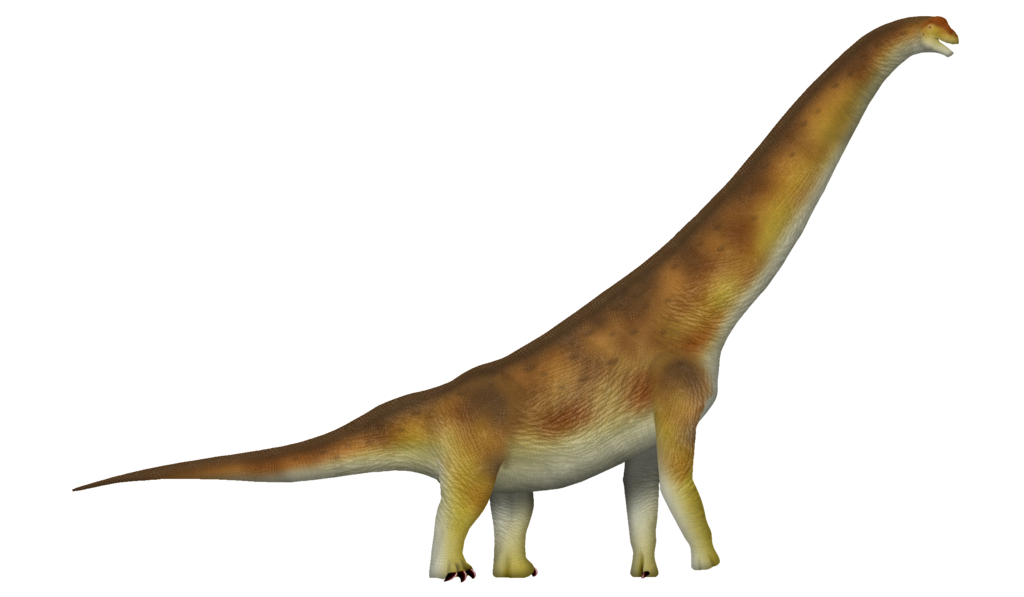
Sauropods, the long-necked giants of the dinosaur world, demonstrated remarkable adaptability across diverse environments, including forests, coastal plains, and even semi-arid regions. Their massive size served as a defense against predators regardless of habitat, while their long necks allowed them to reach vegetation unavailable to other herbivores. In forested regions, sauropods like Brachiosaurus could feed from the highest branches, while in more open woodland or savanna-like environments, diplodocids like Apatosaurus could sweep their necks horizontally to efficiently browse across wide areas. Some sauropods showed specific adaptations to drier environments, with species like Dicraeosaurus having shorter necks that may have been better suited for browsing on drought-resistant vegetation at middle heights. The discovery of sauropod trackways across various paleoenvironments, from ancient mudflats to firm dry ground, confirms these dinosaurs successfully navigated multiple habitat types, likely migrating seasonally to follow optimal food and water resources.
Coastal Dinosaurs: Where Land Meets Sea

Coastal environments represented another crucial habitat for numerous dinosaur species, offering rich feeding opportunities at the interface between terrestrial and marine ecosystems. Baryonyx and related spinosaurids show clear adaptations for fishing along coastlines and estuaries, including crocodile-like snouts with conical teeth perfect for grasping slippery prey. Herbivorous dinosaurs like Iguanodon frequently inhabited coastal plains where diverse plant communities flourished in the humid, fertile conditions. The duck-billed hadrosaurs were particularly successful in these environments, their specialized teeth allowing them to process the fibrous vegetation found in coastal marshes and lagoons. Fossil trackways preserved in ancient tidal flats show that dinosaurs regularly traversed these areas, perhaps exploiting the abundance of washed-up marine life or taking advantage of the open sight lines to avoid predators. The rich fossil record from these environments suggests coastal zones may have supported some of the highest dinosaur population densities during certain periods of the Mesozoic.
Mountain-Dwelling Dinosaurs: Life at Higher Elevations

While less commonly discussed than other habitats, mountainous regions also hosted unique dinosaur communities adapted to the challenges of higher elevations. Small, agile ornithopods like Hypsilophodon developed powerful hind limbs that would have been well-suited for traversing uneven, rocky terrain. The hollow bones of theropod dinosaurs, originally evolved for weight reduction, would have provided an advantage in the thinner air of higher elevations. Recent discoveries in the Pyrenees of Europe and the Rocky Mountain regions of North America have revealed dinosaur species that appear to have been endemic to upland environments, suggesting specialized adaptations to these ecological niches. These mountain-dwelling dinosaurs likely evolved strategies to cope with cooler temperatures and seasonal variations, possibly including migration to lower elevations during harsh winter months or developing insulating feather coverings. The more limited plant resources in mountainous regions may have supported lower population densities but potentially offered refuge from larger predators that dominated lowland environments.
Polar Dinosaurs: Thriving in Extreme Latitudes
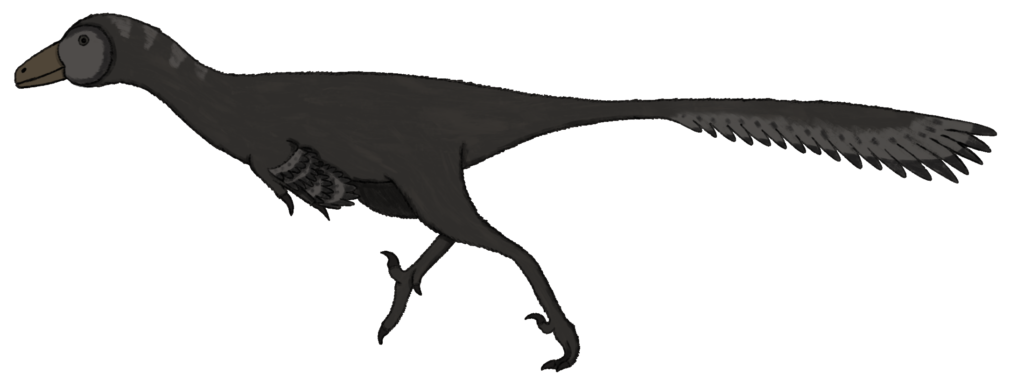
Perhaps most surprisingly, dinosaurs successfully colonized polar regions during the Mesozoic Era, despite the challenging conditions these environments presented. Fossil discoveries in ancient high-latitude regions of Australia, Antarctica, and Alaska reveal diverse dinosaur communities that endured long periods of darkness during winter months. While polar regions were warmer during the Mesozoic than today, these dinosaurs still faced months of darkness and cool temperatures. Small to medium-sized theropods like Troodon and Nanuqsaurus from Alaska possessed relatively large eyes that may have helped them hunt during the dim polar winters. Hypsilophodontids found in polar Australia show evidence of potential hibernation or torpor strategies to survive resource-scarce periods. Perhaps most impressive are the hadrosaurs from Alaska’s North Slope, whose remains suggest they lived year-round in polar conditions rather than migrating. These discoveries challenge the traditional view of dinosaurs as exclusively warm-climate animals and demonstrate their remarkable adaptability to diverse environmental conditions.
The Role of Climate Change in Dinosaur Habitats
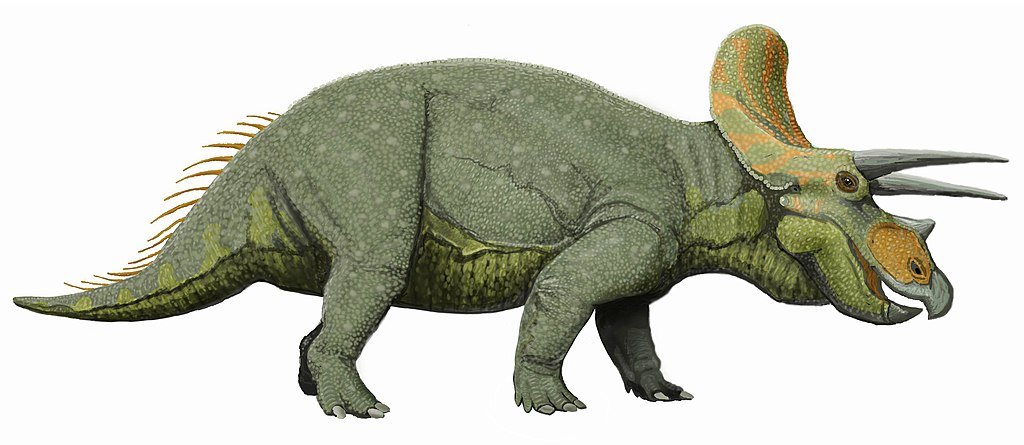
Throughout the Mesozoic Era, Earth experienced several major climate shifts that dramatically altered dinosaur habitats and drove evolutionary adaptations. The early Jurassic period saw increasing humidity and the spread of lush forests that supported the radiation of massive sauropods. Later, during parts of the Cretaceous, expanding inland seas created new coastal habitats while simultaneously fragmenting terrestrial environments, potentially contributing to the diversification of duck-billed dinosaurs and horned ceratopsians. Climate fluctuations forced dinosaur species to either adapt to changing conditions or shift their ranges to track suitable habitats. Fossil evidence suggests some dinosaur groups expanded their geographic ranges during warming periods, while others contracted during cooling episodes. These climate-driven habitat changes likely drove speciation events as populations became isolated, developing unique adaptations to their local environments. Understanding how dinosaurs responded to past climate changes provides valuable insights into evolutionary processes and may offer lessons relevant to modern conservation challenges.
How Scientists Reconstruct Dinosaur Habitats

Paleontologists employ diverse methods to reconstruct the habitats where dinosaurs once lived, creating increasingly detailed pictures of ancient ecosystems. Sedimentology plays a crucial role, as the composition and structure of rock layers containing fossils provide direct evidence of ancient environments – sandstones might indicate desert conditions, coal seams suggest swampy settings, and cross-bedded formations often represent ancient river systems. Plant fossils found alongside dinosaur remains offer vital clues about local vegetation and climate conditions, while microfossils like pollen can reveal broader ecosystem characteristics. Isotope analysis of dinosaur teeth and bones can determine ancient temperature ranges and precipitation patterns, helping scientists understand the climatic conditions dinosaurs experienced. Modern computational approaches include ecological niche modeling, which combines fossil distributions with paleoclimate data to predict suitable habitats for different dinosaur species. By integrating these multiple lines of evidence, researchers continue to refine our understanding of how dinosaurs interacted with their diverse environments across the Mesozoic landscape.
The Legacy of Habitat Adaptations in Birds

The extraordinary habitat adaptations seen in modern birds represent a direct evolutionary inheritance from their dinosaur ancestors. Today’s birds occupy virtually every environment on Earth, from desert oases to Arctic tundra, tropical rainforests to open oceans – a testament to the ecological versatility their theropod dinosaur ancestors first developed. Features like hollow bones, efficient respiratory systems, and high metabolic rates that help birds thrive in diverse habitats first evolved in non-avian dinosaurs for similar adaptive purposes. The complex feathers that provide insulation for birds in cold environments originated in theropod dinosaurs, likely serving similar thermoregulatory functions before being co-opted for flight. Even specialized feeding adaptations seen in modern birds, from filter-feeding flamingos to seed-cracking finches, have their origins in the diverse dietary adaptations of dinosaurs. Understanding the habitat adaptations of extinct dinosaurs thus provides crucial context for interpreting the evolutionary success of birds, the only dinosaur lineage to survive the end-Cretaceous mass extinction and continue their remarkable adaptive radiation into the diverse avian species we see today.
Conclusion
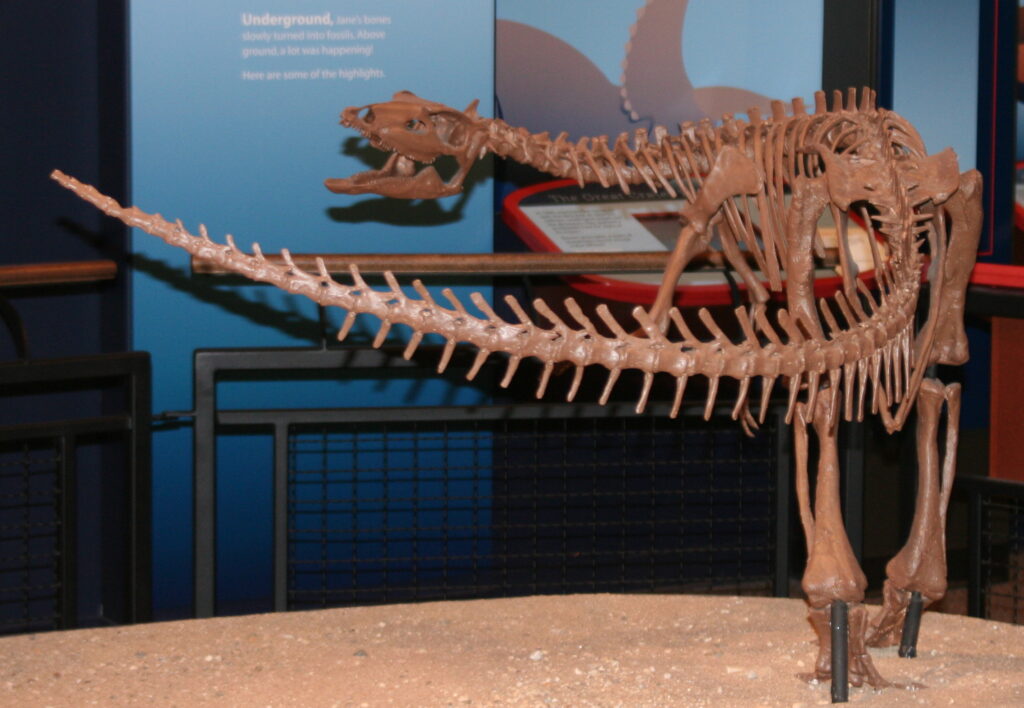
The fossil record demonstrates that dinosaurs successfully inhabited a remarkable range of environments throughout their 165-million-year reign, from steamy swamps and dense forests to arid deserts and even polar regions. This ecological versatility was achieved through specialized adaptations in body structure, physiology, and behavior that allowed different dinosaur groups to exploit the unique resources and challenges presented by each habitat type. Their ability to thrive across such diverse ecosystems helped dinosaurs weather numerous climate changes and contributed significantly to their evolutionary success. As research techniques continue to advance, our understanding of dinosaur habitats grows increasingly sophisticated, revealing these ancient reptiles as highly adaptable creatures that dominated Earth’s terrestrial ecosystems in ways that continue to astonish and inspire us today.



